Affordable and high-quality WiFi extenders for steel building.
The best WiFi extender for steel building provides a strong, stable, and reliable signal with no lag. It is easy to set up and operate.
A decent WiFi extender has good coverage and is suitable even for a steel building. Thanks to the Ethernet port, you can connect it to wired devices. A WiFi extender for steel building has excellent speed.
When shopping for the best WiFi extender for steel building, you will need to find a model which supports 802.11 standards and has good transfer speeds. Also, consider the range of your WiFi extender as well as the number of ports and antennas.
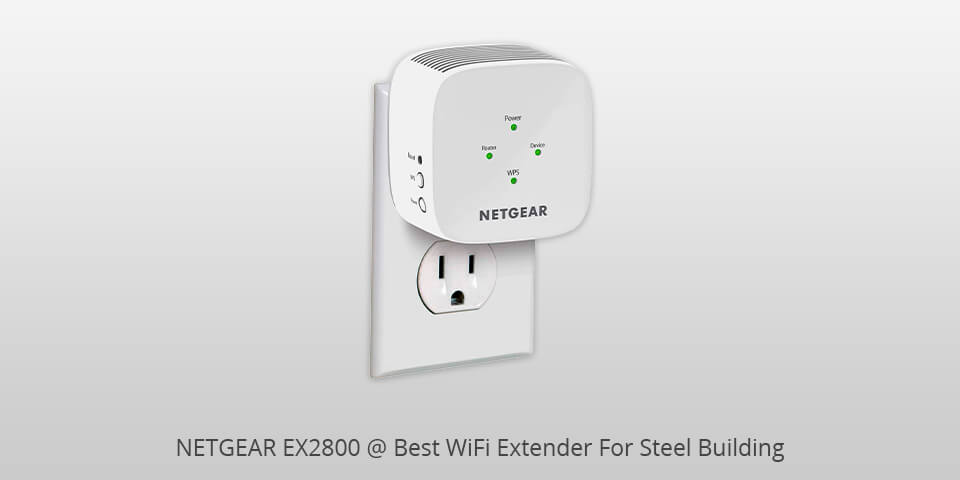
Speed: 750 Mbps | Coverage: 365 m | Wireless Type: 802.11a/b/g/n | Weight: 9.6 ounces
If you are in need of a small and compact wireless connection for steel building, the NETGEAR EX2800 is the one to get. It's ideal for both homes and small offices, offering speeds in excess of 750 Mbps to any wireless device.
The NETGEAR EX2800 works wonderfully on any computer, laptop or tablet, and you can get an effective wireless connection with this excellent extender. It's available in a variety of sizes, so it's easy to get the one that will fit your building.
For those who are worried about data security, you don't have to worry any more. You won't have to use WEP or another weak form of security, which means that your data will be safe. It has WPA2-PSK and other advanced protocols.
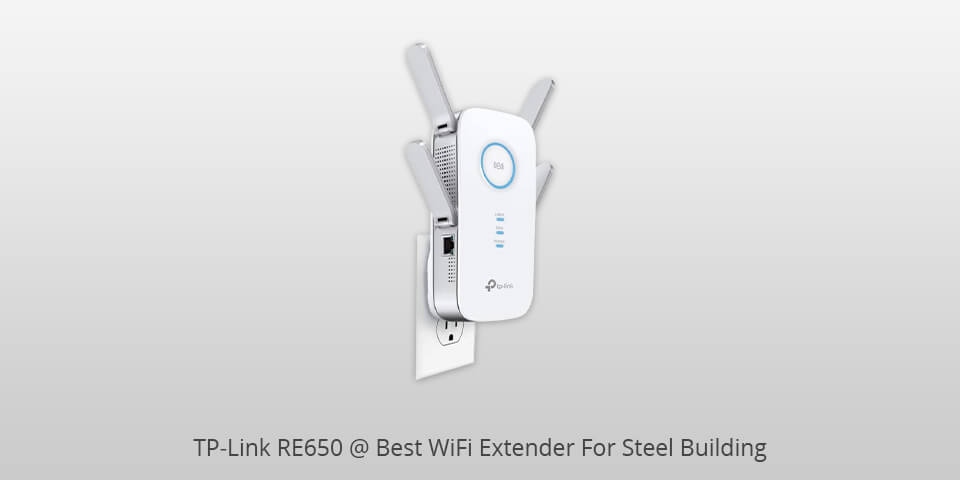
Speed: 2600 Mbps | Coverage: 4765 m | Wireless Type: 802.11a/b/n/g/ac | Weight: 16 ounces
The TP-Link RE650 is one of the newest WiFi extenders currently on the market. What's great about this product is that it can offer a robust and powerful networking solution for those who have limited or no access to cable services.
It can work even if there is minimal or no power available, which is a definite advantage over other wireless extenders. In addition to that, there are no major compatibility issues as it is already compatible with many popular OS.
TP-Link RE650 is one of the best WiFi extender for steel buildings, because it comes with a dual antenna design and has excellent battery life. The price is not something to really worry about either.
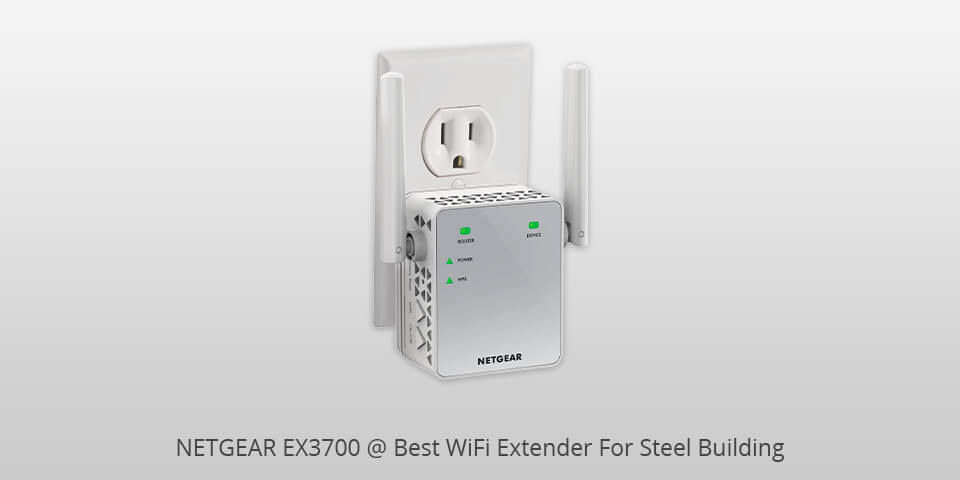
Speed: 750 Mbps | Coverage: 300 m | Wireless Type: 802.11a/b/g/n/ac | Weight: 9.6 ounces
If you are in the market to purchase a new wireless connection for your office or home, whether it's for residential or commercial use, then it is critical that you have an extender such as the NETGEAR EX3700 to give you the top performance and dependability that you need from your connection.
When you use a NETGEAR EX3700, you can extend the distance that your network can communicate with allowing all of your devices to stay connected even when there are significant drops in the signal strength.
You will not have to sacrifice the quality of your wireless connection. The NETGEAR EX3700 provides a solid signal that will keep your office or home computer network operating at top speed, no matter what building you are in, even if it is steel and poorly transmitting a signal.
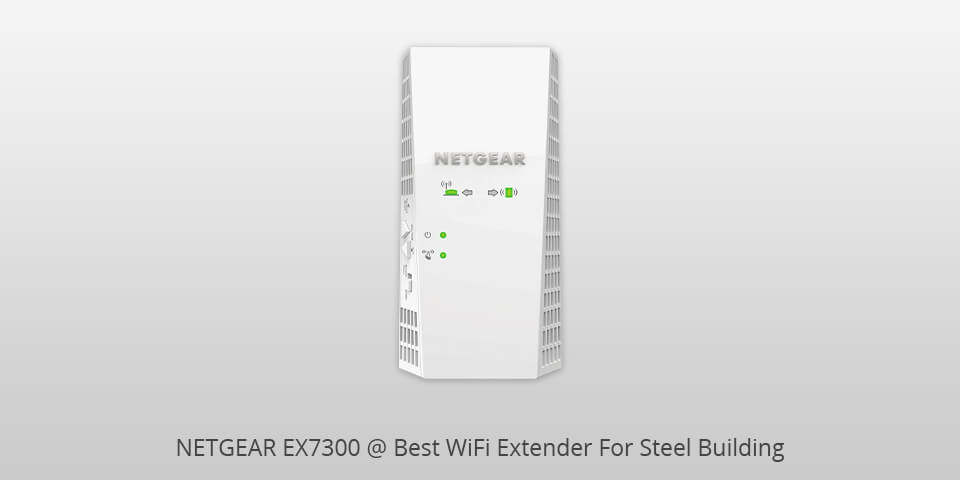
Speed: 2200 Mbps | Coverage: 610 m | Wireless Type: 802.11a/b/g/n | Weight: 10.6 ounces
The NETGEAR EX7300 is one of the latest and most effective WiFi extenders for steel building on the market. It's great to have a piece of technology that can boost your building's bandwidth in a variety of ways.
The NETGEAR EX7300 is able to handle a large number of connections at once, which makes it an excellent WiFi extender for steel buildings. It has a good signal that works at a distance of 610 meters with excellent speeds up to 2.2 Gbps.
Overall, the NETGEAR EX7300 is considered to be one of the best WiFi network extenders on the market today. It is easy to set up and to operate, and it is very affordable.
| IMAGE | NAME | FEATURES | |
|---|---|---|---|

|
NETGEAR EX2800
Secure
|
CHECK PRICE → | |

|
TP-Link RE650
MU-MIMO
|
CHECK PRICE → | |

|
NETGEAR EX3700
Easy setup
|
CHECK PRICE → |
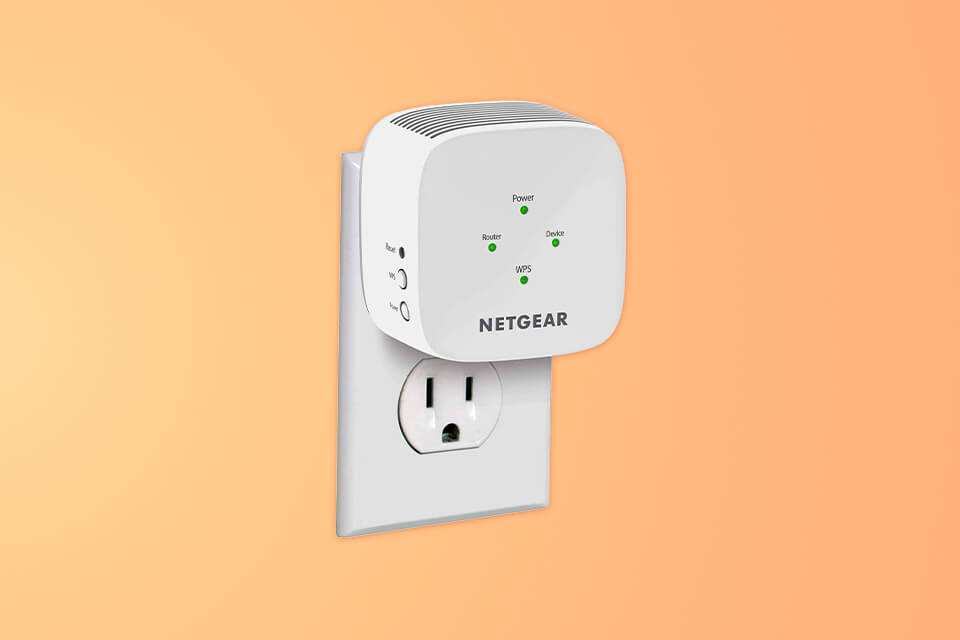
The 802.11ac WiFi standard offers higher data transfer speeds (1.3Gbps in theory) compared to 802.11n, which is beneficial for streaming media (especially HD video) and running mobile applications. The 802.11n standard guarantees a maximum data transfer speed of 150Mbps from the first antenna, 300Mbps from the second antenna, and 450Mbps from the third one.
The 802.11ac standard offers higher speeds of 450/900Mbps and 1.3Gbps. Also, the speed of devices with 8 antennas can reach up to 6-7Gbps.
There are LAN (local area network) and WAN (wide area network) Ethernet ports. They differ in the size of the network and the number of connections. Pay attention to the speed of WAN and LAN ports when choosing a router. If you have a 200Mbps plan, but the WAN and LAN ports have 10/100 Mbps, then you will not get more than 100Mbps either via cable or WiFi.
If your Internet speed is more than 100Mbps, then you need a router with gigabit ports. Consider the specifications of a particular model and choose the one with 1000Mbps.
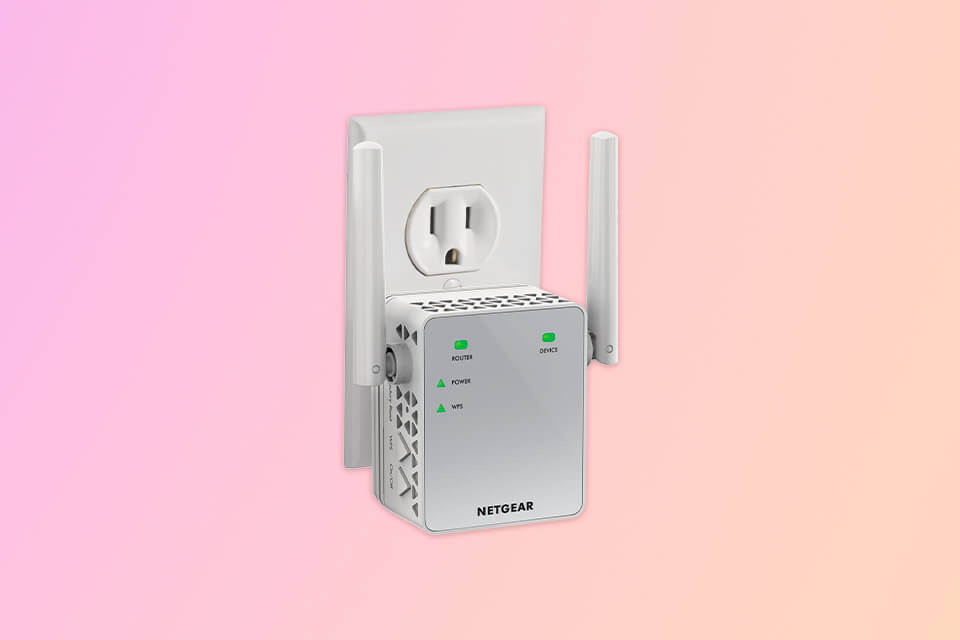
You can choose between dual- or tri-band WiFi Mesh systems with support for the AC standard. They have 2.4GHz and 5GHz WiFi frequencies. Even though Mesh system nodes are connected wirelessly, it doesn’t affect the speed since all of them are located in an area with a stable connection.
Mesh systems support MU-MIMO and other technologies that are designed to improve and speed up WiFi network performance. It’s easy to set them up and add nodes. You can easily do all the necessary adjustments using the mobile app.
The range of a WiFi extender depends on its interference and the type of WiFi standards. For example, the 802.11n standard WiFi extender with an antenna has an about 150m range without obstacles, and in a steel building, it will have only an about 50m range. The obstacles, such as brick walls and metal elements, can reduce the range by more than 25%.
The 802.11a/ac standard uses higher frequencies than 802.11b/g, so it is more vulnerable to obstacles. Besides, the range of 802.11b or 802.11g WiFi networks can be greatly affected by microwave oven interference.